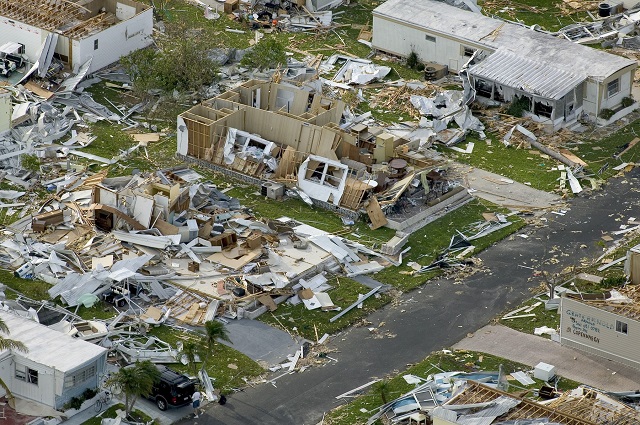News Story
(Below is a backup copy of the original article with as much credit to the publisher as well as the author that we can provide. By no means do we mean to violate any copyright laws. This page is appearing because someone indicated that the original story was unavailable.)
Aliens Created Our Universe in a Lab, Scientist Suggests
Avi Loeb, astronomy’s resident bad boy, suggests the universe may have been created in a laboratory.
Our supposed creators, Loeb writes in an op-ed published in Scientific American last year, may have developed the technology needed to construct “baby universes” capable of producing life.
He also introduces a new classification system for advanced civilizations.
Could our universe have been created in a petri dish? Avi Loeb seems to think so. The Harvard astronomer posits that a higher “class” of civilization may have conjured up our universe in a laboratory far, far away.
👁 Science is on our side. We’ll help you understand it all.
“Since our universe has a flat geometry with a zero net energy, an advanced civilization could have developed a technology that created a baby universe out of nothing through quantum tunneling,” Loeb writes in an op-ed published by Scientific American last year.
- ADVERTISEMENT -
This theory, he suggests, would unite two seemingly opposite notions: the idea that a higher power might be driving our fate, and the secular concept of quantum gravity (a field of physics that seeks to work gravity into the theory of quantum mechanics—something that, to the bane of physicists everywhere, we haven’t been able to do yet on Earth). Primarily, this theory hinges on a far-off advanced civilization’s ability to meld both quantum mechanics and gravity and subsequently identify and recreate all of the universe’s ingredients. (Sounds like a lot of work, t0 be honest.)
He also introduces a new way of classifying exactly what makes a civilization advanced—one that veers away from Soviet astrophysicist Nikolai Kardashev’s system, which organizes civilizations based on the amount of energy they generate and consume.
According to Kardashev, Type I civilizations—greetings, Earthlings!—are only advanced enough to utilize the starlight that reaches their planet (4×1012 watts), while Type II civilizations have mastered the ability to fully harness their host star’s power (4×1026 watts). Dyson sphere, anyone? Type III civilizations, the final classification in his framework, are able to harness all of the energy within their galaxy (a whopping 4×1037 watts).
Loeb, by contrast, has devised a framework that breaks advanced civilizations down into classes based on their ability to “reproduce the astrophysical conditions that led to its existence.”
Earthlings would fall into class C because, as a “low-level” technological civilization, we would not be able to recreate our current conditions should the sun suddenly die. (He suggests we might even fall into the class D category because we’re actively destroying our only home.) On the other hand, class B civilizations, Loeb writes, are advanced enough to recreate the conditions in which they live, independent of their host star.
A class A civilization, like our proposed creators, would be able to, say, generate large amounts of dark energy and, as Loeb suggests, create “baby universes,” or smaller universes controlled by this higher civilization, that could potentially spawn life. He also suggests that, due to competition, only one advanced civilization at a time would be able to reach this level of sophistication.
It’s a truly, truly bonkers idea, but it is interesting to think about. And it brings up a set of intriguing questions: What makes a civilization truly technologically advanced? Are we an advanced simulation? What might this “laboratory” look like, anyway?

